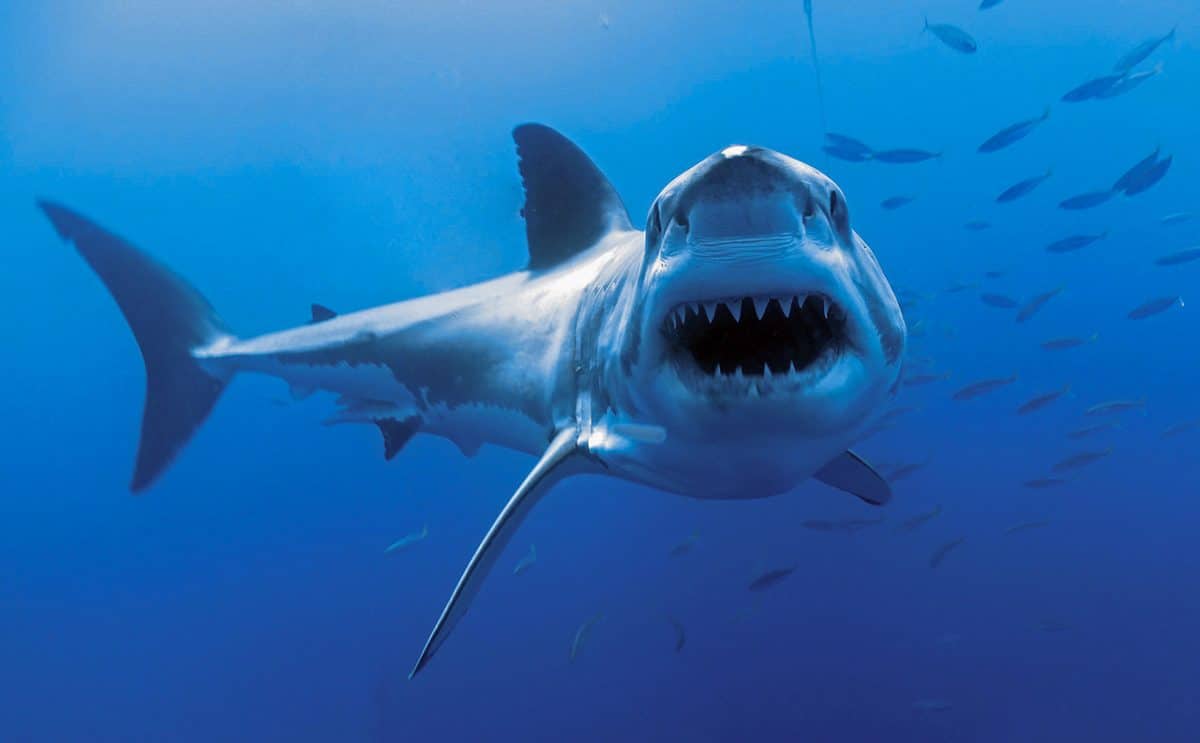In response to flooding, fire ants exhibit a remarkable survival strategy by forming buoyant rafts. This behavior is not only a survival mechanism but also represents a dynamic, adaptive system that material scientists aim to emulate in creating responsive materials.

Binghamton University’s Research on Fire Ants
Professor Rob Wagner from Binghamton University is at the forefront of research into fire ants’ structural adaptability. His work seeks to unlock the secrets of these living systems to advance material science, drawing inspiration from the active, energy-converting mechanisms found in nature.
The Strength of Fire Ant Bonds Under Stress
Recent studies have shown that fire ant rafts maintain their integrity under mechanical stress, unlike polymers that flow or break. This discovery has led to a deeper understanding of “catch bond behavior,” where bonds strengthen under force, a principle that could be applied to develop more durable materials.
The Potential of Catch Bonds in Engineering
The concept of catch bonds, inspired by fire ants, holds promise for revolutionizing the durability and functionality of engineered materials. This could have significant implications for biomedical implants, adhesives, fiber composites, and soft robotics.
Fire Ants’ Ingenious Nest Architecture
Fire ants are not only survivalists but also skilled engineers. Their nests, designed to maintain a stable climate and protect against predators, showcase their ability to regulate airflow and temperature, providing valuable insights into natural climate control systems.

